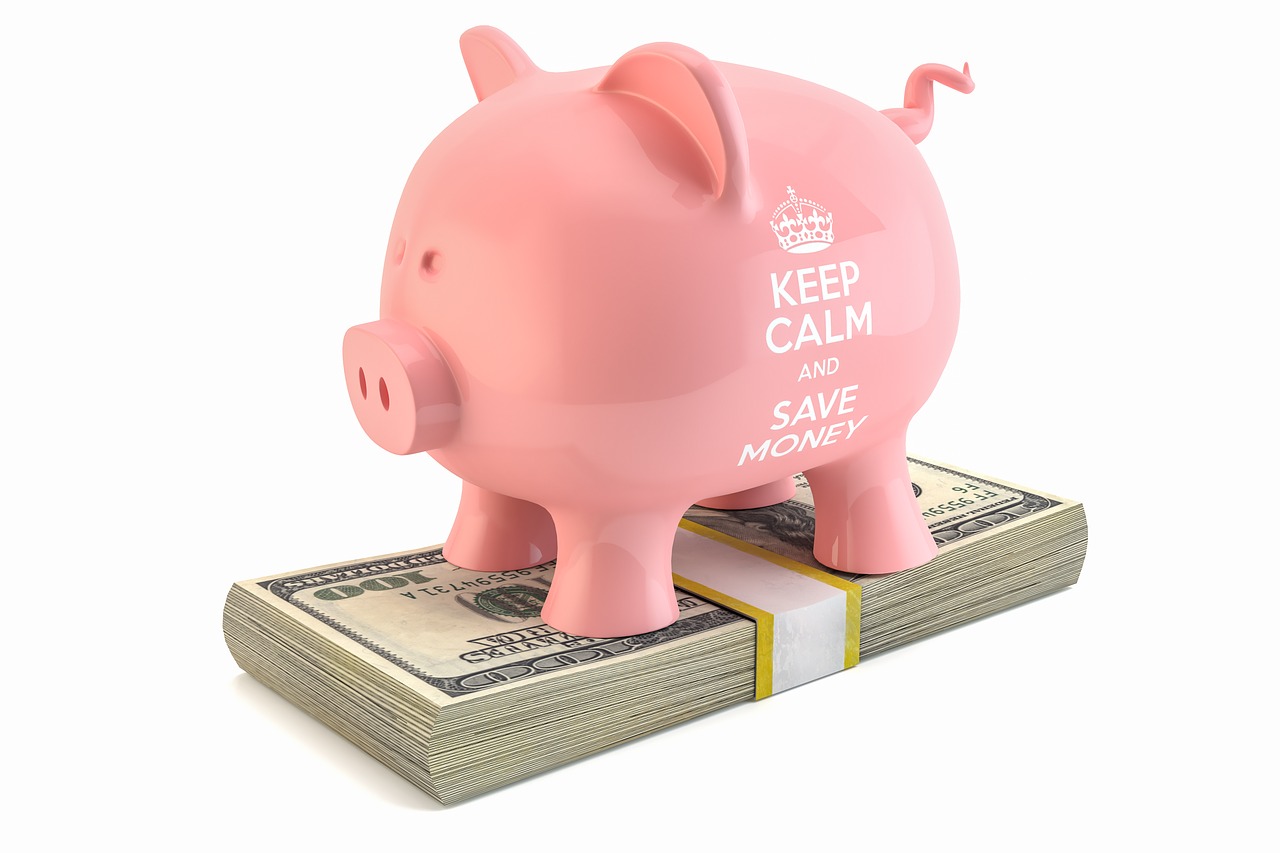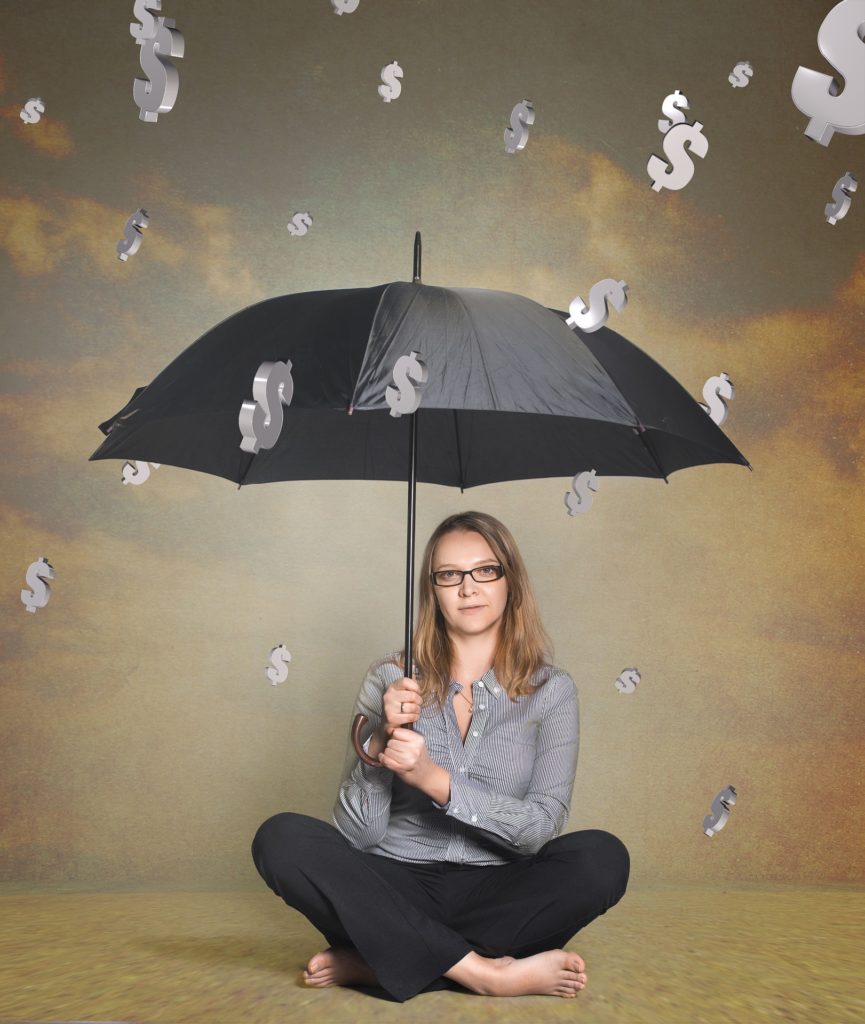Have you ever thought about building an emergency fund? If you don’t have one, I’m here to tell you one thing: you need an emergency fund. You may have questions about how to create one or how big it needs to be, so let’s take a look.
You Need An Emergency Fund
Is an Emergency Fund Necessary?
To be honest, the need can vary on a case to case basis, but here is a good rule of thumb: if you are breathing, and usually buy things to provide shelter or sustain life, then you need an emergency fund. Having an emergency fund in place can offer protection when the unexpected happens, and you will find that life is a lot more stressfree when you are prepared for life’s emergencies.
Have you heard about Murphy and his law? Not having an emergency fund will invite him, his cousin, and his whole family to move in with you. That is, bad luck seems to follow those who are not prepared. Kick Murphy to the curb.
How To Create An Emergency Fund
It’s not hard to create an emergency fund. The goal is to have three to six months of expenses at your immediate disposal in a fund. Obviously, the first thing you will need to do is to figure out how much you spend a month. You need to look at bills, food, and anything else you spend to keep up your current standard of living.
Once you have your monthly costs totaled, multiply it by three or more, depending on how long you would like an emergency fund to cover. I would suggest that you do a 3-month minimum fund and no more than 6 months. Why no more than six months? Well, there are better places to put your money medium term, but you should still keep it somewhat accessible.
Now that you have the total needed for your emergency fund, it’s time to put it into action. Use your current paycheck (or other income sources) as a guide for what you can afford to contribute to your fund. Dividing the total emergency fund size by the size of your contribution will tell you how many months it will take to build the fund. If the time is too far in the future, you may need to adjust your contribution total.
Use An Automatic Deduction
If it is available to you, you might want to consider an automatic deduction to feed your emergency fund. This makes it something that you don’t have to think about, and the chances are you’ll miss it less after the first few deductions.
If you can’t do an automatic deduction, be sure to make feeding your fund a habit. It might help to take out the contribution first and then take care of other expenses. This removes the temptation of using that money for another use.
Of course, if you have a sudden windfall you can use that money to quickly build up a fund. Some great sources of fund revenue include inheritances and tax refunds.
Should I Create An Emergency Fund If I have Low Income?
Everyone that has expenses should set something aside each month. You can try a much lower contribution, which means that it might take longer to create the fund. The good news is that a lower income probably means lower total expenses, which translates to a smaller required emergency fund.
What Do I Do If I Use My Emergency Fund?
If you have an emergency and use your funds, be sure to start replacing it. The process will be the same as creating it in the first place: determine how much you can afford and start contributing monthly. As you make each payment, you should feel a little thankful that you had the fund in the first place. Use that for motivation as you build it back up.
You don’t need to create a huge emergency fund to be protected. It just needs to be big enough to cover three to six months of your living costs. And even if you don’t have one now, you can start with whatever monthly contribution you can afford. The important thing is to start building it today before you have an unexpected expense.



